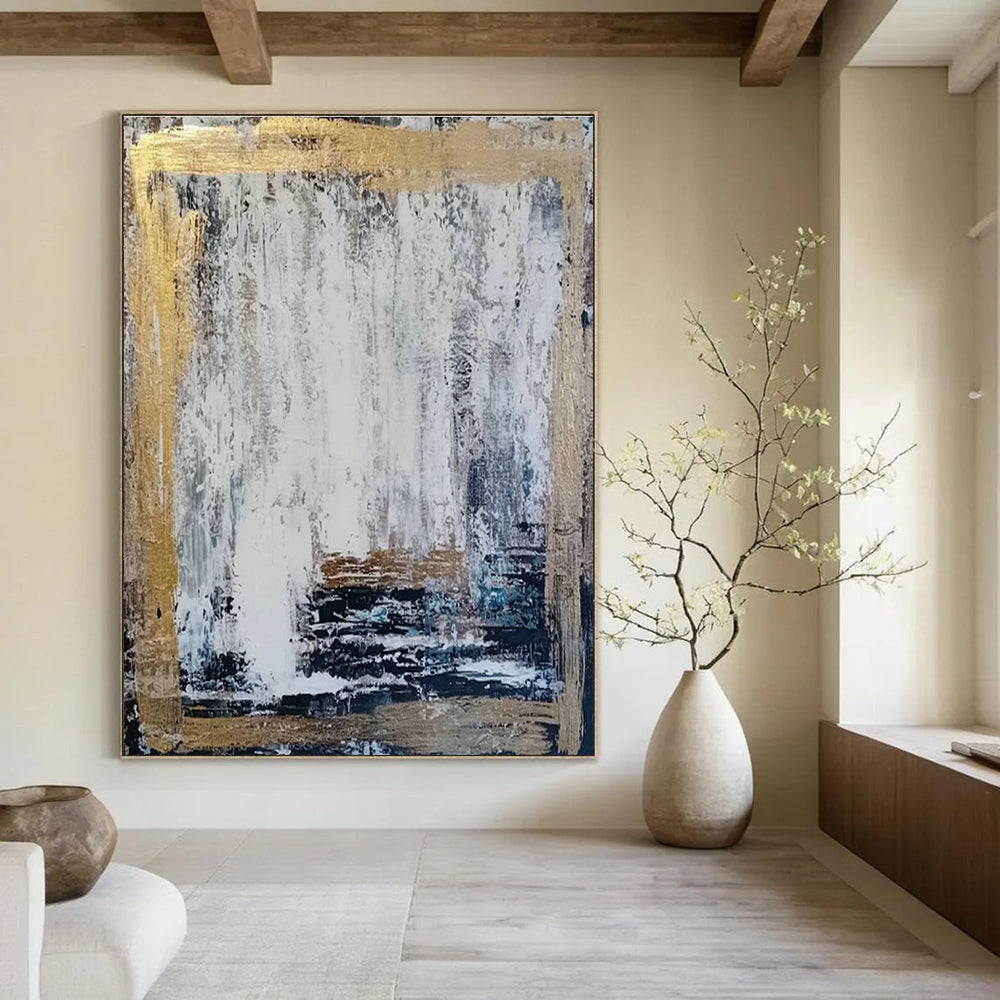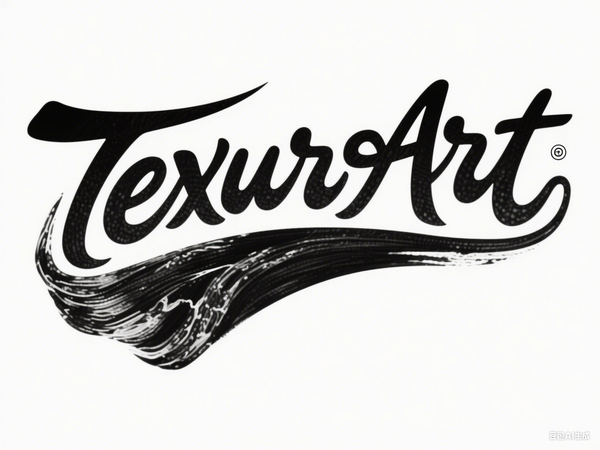
The Luminous Allure - Unveiling the Timeless Elegance of Gold Leaf Art
Share
Gold leaf art represents a captivating fusion of ancient craftsmanship and contemporary expression, where thin sheets of precious metal are meticulously applied to create shimmering, opulent surfaces that catch the light and draw the eye. This technique, rooted in history yet adaptable to modern aesthetics, adds a layer of luxury and depth to artworks, transforming simple compositions into radiant masterpieces. From intricate religious icons to abstract canvases, gold leaf elevates the visual experience, symbolizing wealth, divinity, and artistic innovation. In today's design landscape, Gold Leaf Art continues to enchant collectors and decorators alike, offering pieces that blend gilded accents with bold strokes for a sophisticated touch in any space.

The Historical Roots of Gold Leaf in Art
The use of gold leaf dates back thousands of years, with early civilizations recognizing gold's malleability and enduring luster. Ancient Egyptians pounded gold into thin sheets for decorating tombs and artifacts, a process that has remained largely unchanged. By the medieval period, gold leaf became integral to illuminated manuscripts and religious art, where it symbolized divine light and holiness. In Byzantine and early Christian works, artists applied gold leaf to backgrounds, creating a ethereal glow that separated sacred figures from the earthly realm.
This historical significance is well-documented in resources like the gold leaf entry, which highlights its application in European Bronze Age objects and medieval panel paintings. The technique spread across cultures, from Chinese Buddha statues gilded during the Three Kingdoms era to Japanese temples like the Golden Pavilion in Kyoto. These examples underscore gold leaf's role in conveying spirituality and opulence, a tradition that influences artists to this day.
Techniques and Craftsmanship Behind Gold Leaf Art
Creating gold leaf art involves precise techniques that require skill and patience. Gold is alloyed with small amounts of silver or copper for durability, then hammered into sheets as thin as 0.1 micrometres. The application process, known as gilding, typically uses a water-based adhesive called bole or size to affix the leaf to surfaces like wood, canvas, or paper. Artists burnish the gold to achieve a polished shine or leave it matte for texture.
Modern variations incorporate tools for intricate designs, allowing for layered effects where gold interacts with paints or resins. This craftsmanship is evident in collections at the Metropolitan Museum of Art, where pieces from various eras showcase gilding on everything from Renaissance altarpieces to contemporary installations. The result is artwork that not only reflects light but also adds dimensional richness, making it a favorite for enhancing interiors with a touch of glamour.
Iconic Artists and Their Mastery of Gold Leaf
Few artists have harnessed gold leaf as masterfully as Gustav Klimt, whose "Golden Phase" produced iconic works like "The Kiss" and "Portrait of Adele Bloch-Bauer I." Inspired by Byzantine mosaics encountered during travels to Venice and Ravenna, Klimt integrated gold leaf to create ornate, symbolic compositions that blend eroticism with decoration. His technique involved applying gold over painted surfaces, resulting in a flattened, jewel-like quality that revolutionized Art Nouveau.
Other notables include medieval masters like Cimabue and Duccio, who used gold leaf for halos and backgrounds in religious panels, as explored on platforms like gold leaf artworks. In Japanese art, gold leaf adorns screens and scrolls, emphasizing harmony with nature. These artists demonstrate gold leaf's versatility, from evoking sanctity to adding modern abstraction, inspiring today's creators to experiment with the medium.
Gold Leaf Art in Contemporary Design
In the contemporary scene, gold leaf art has evolved beyond traditional boundaries, appearing in abstract and mixed-media forms that suit minimalist and luxurious interiors alike. Artists now combine gold with acrylics, resins, or digital elements, creating pieces that shimmer under varying lights. This adaptability makes it perfect for home decor, where a gilded canvas can serve as a focal point in living rooms or add elegance to bedrooms.
The resurgence of gold leaf reflects a broader trend toward opulent yet subtle luxury, as seen in curated selections that emphasize handcrafted quality. Whether in large-scale murals or intimate prints, these works bring warmth and sophistication, proving that gold leaf remains a timeless element in visual culture.

The Enduring Appeal and Cultural Significance
Gold leaf art's appeal lies in its ability to transcend time, merging historical reverence with modern innovation. It symbolizes prosperity and enlightenment across cultures, from ancient rituals to today's galleries. As society values sustainable luxury, artists increasingly source ethical gold, ensuring the technique's future. This enduring significance cements gold leaf as a bridge between past and present, inviting viewers to appreciate its radiant beauty.
FAQ
What is gold leaf art? Gold leaf art involves applying thin sheets of gold to surfaces for decorative and artistic purposes, creating a luminous effect that enhances paintings, sculptures, and designs.
How is gold leaf made? Gold is hammered into extremely thin sheets through a process called goldbeating, often alloyed with other metals for strength, as detailed in historical accounts.
Who are famous artists known for gold leaf? Artists like Gustav Klimt, Cimabue, and Duccio prominently used gold leaf, with Klimt's "Golden Phase" being particularly renowned for its ornate applications.
Where can I find gold leaf art? Explore collections such as Gold Leaf Art for modern pieces, or visit museums like the Metropolitan for historical examples.
What makes gold leaf art suitable for home decor? Its shimmering quality adds luxury and depth, complementing various styles from minimalist to eclectic, while being durable and versatile in size.
Is gold leaf art expensive? Costs vary based on size, craftsmanship, and gold purity, but affordable prints and reproductions make it accessible for many budgets.
